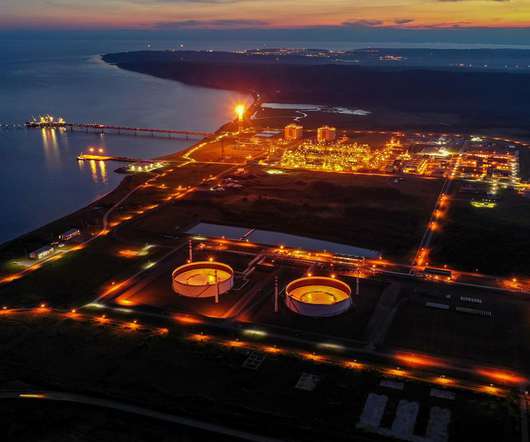California ARB: GHG emissions fell below 1990 levels for first time in 2016; down 13% from 2004 peak; transportation emissions up 2%
Green Car Congress
JULY 12, 2018
Highlights from the newly published inventory include: Greenhouse gas emissions dropped 13% statewide since a 2004 peak while the economy grew 26%. They fell 23% from a peak of 14 metric tons per person (roughly equal to driving 34,000 miles) in 2001 to 10.8 Per capita emissions continue to be among the lowest in the country.











Let's personalize your content